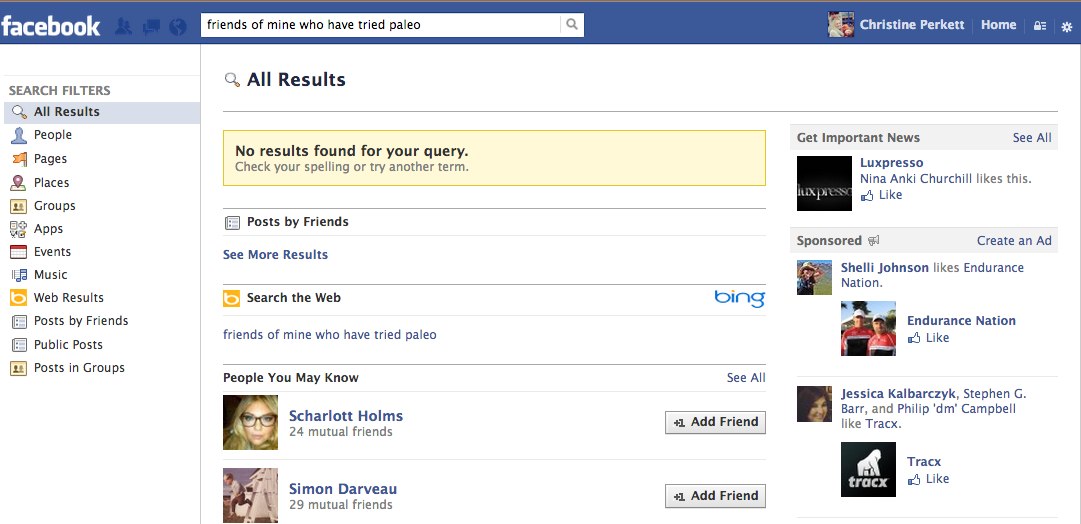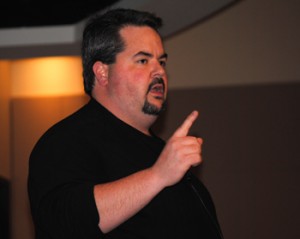“Influencers Who Inspire” Interview with Marcus Sheridan
 Our latest “Influencers Who Inspire” interview is with Marcus Sheridan, President of The Sales Lion – one of the premier inbound and content marketing companies in the world, training businesses large and small how to leverage content to build their digital brand and increase sales drastically. He is also Partner of River Pools and Spas, which is currently the most trafficked swimming pool company on the web and one of the largest fiberglass pool installers in the country. Marcus gives insight on inbound marketing and how it transformed his pool company into a leader in the industry.
Our latest “Influencers Who Inspire” interview is with Marcus Sheridan, President of The Sales Lion – one of the premier inbound and content marketing companies in the world, training businesses large and small how to leverage content to build their digital brand and increase sales drastically. He is also Partner of River Pools and Spas, which is currently the most trafficked swimming pool company on the web and one of the largest fiberglass pool installers in the country. Marcus gives insight on inbound marketing and how it transformed his pool company into a leader in the industry.
If you were not in the field you are in, what career path do you think you would have chosen?
No question, I’d be coaching college football somewhere. I’ve always loved teaching, coaching, and competition, and if I thought football coaching would have allowed me enough time at home with the family, I likely would have gone that route.
But instead, I turned into a “pool guy” for about 10 years – and over the last two, have transformed again into a “marketing guy.”
The nice thing is, though, that I’m teaching and coaching businesses with this profession, and there’s some competition as well.
Can you explain inbound marketing to our audience?
I think this answer is often too wordy and it confuses people. My simple answer would be this:
The process of great digital teaching and communication to attract audiences (potential customers) to YOU versus throwing yourself at them.
How did you start your Pool and Spa business and how did inbound marketing help grow your company?
We started in 2001 out of the back of a pickup truck. We grew steadily until 2008, and then, almost what seemed like overnight, the banks crashed, real-estate values plummeted, and no one wanted to buy pools. Nor could many even afford them.
We had no money for traditional advertising so we had to choose a different route to take, which is when we learned about the power of inbound marketing and embraced the “teacher’s mentality” by answering every question we’d ever received from a customer on our company website and blog. Within about 6 months, the site’s traffic exploded, as did leads and ultimately, sales.
Inbound marketing literally saved our business and today we’re the most trafficked swimming pool website in the world.
Can you tell us a bit about your experience as a missionary in Chile? How did that experience help shape you as an individual?
Easily, that was the best experience of my life. It taught me how to teach groups of people in a way so that they could understand unfamiliar principles. Chile was also the place I learned to speak and present to large audiences. Before that time, I was deathly afraid of public speaking. But being forced to do it helped me realize it’s actually one of the great talents God has given me, and I work hard to use it for good.
What do you envision as being the biggest development in marketing in 2013?
This may not sound terribly romantic, but I think the concept of proper content marketing will go mainstream for many businesses in this coming year. Instead of continuing to ignore it, they are now going to be dealing with the inevitable, just as they swallowed the “I have to have a website pill” about 5 years ago.
What is next for you in 2013?
Personally, my biggest quest right now is to come up with many amazing stories of successful inbound and content marketing from businesses in all walks of life. Currently, I’m targeting specific industries and can’t wait to show the world how the principles of great digital teaching and communication are applicable to any industry, regardless of what they do, sell, or think they are.
I’ll also be speaking all over the place because, well, that’s what I’m supposed to do.






 Just because online marketing is a digital medium does not mean it has to be cold and impersonal; rather, as marketing continues its rapid shift online, businesses must learn to personalize their digital assets in order to stay competitive. Strategic Marketing Consultant and
Just because online marketing is a digital medium does not mean it has to be cold and impersonal; rather, as marketing continues its rapid shift online, businesses must learn to personalize their digital assets in order to stay competitive. Strategic Marketing Consultant and  Did you know that, according to a recent study by Nielsen, around four out of every five smartphone owners now use their device whilst watching television? Shea Bennett posts an interesting infographic that takes a closer look at social television and the rise of the second screen on
Did you know that, according to a recent study by Nielsen, around four out of every five smartphone owners now use their device whilst watching television? Shea Bennett posts an interesting infographic that takes a closer look at social television and the rise of the second screen on